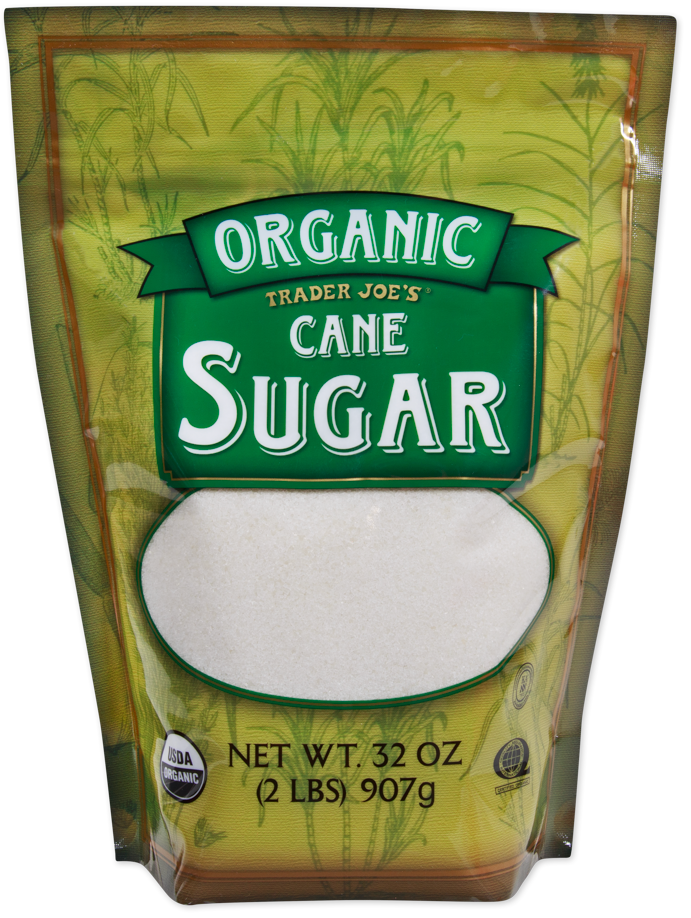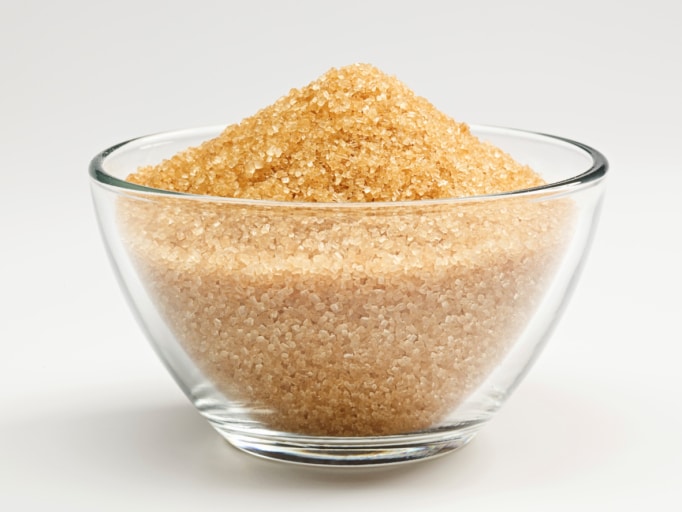Cane Sugar Processing: From Area to Table-- A Step-by-Step Overview
Cane Sugar Processing: From Area to Table-- A Step-by-Step Overview
Blog Article
An In-Depth Overview to the Environmental Influence and Sustainability Practices in Cane Sugar Handling
The environmental impact of cane sugar processing offers an intricate selection of obstacles that warrant mindful exam. From dirt destruction and extreme water use to the carbon footprint associated with cultivation and manufacturing, the effects of typical methods are significant. What particular practices can be executed to strike a balance in between performance and ecological stewardship?
Review of Walking Cane Sugar Processing
Walking cane sugar handling includes a series of organized actions that transform sugarcane right into refined sugar. Originally, collected sugarcane is moved to refining facilities, where it undertakes cleaning up to remove soil and debris. Following this, the cane is squashed to draw out juice, which is then made clear by getting rid of pollutants through home heating and the addition of lime.
The clarified juice undertakes evaporation, where water is removed to focus the sugar content. This focused syrup is then taken shape with cooling, permitting sugar crystals to develop. These crystals are separated from the staying syrup using centrifugation, causing raw sugar. To achieve polished sugar, the raw product goes through more purification processes, which may include cleaning and filtering system to get rid of continuing to be impurities and color.
The end product is then dried out and packaged for distribution. Throughout this entire process, preserving effectiveness and quality assurance is vital to make sure the sugar fulfills sector criteria. Each action in walking cane sugar handling not only contributes to the end product but likewise has ramifications for source usage and waste generation, establishing the phase for discussions on sustainability and ecological effects related to sugar manufacturing.
Ecological Obstacles of Manufacturing
The manufacturing of walking stick sugar provides a number of considerable environmental challenges that warrant attention. One primary concern is the comprehensive use agrochemicals, including chemicals and plant foods, which can cause soil deterioration, biodiversity loss, and contamination of local water sources. The runoff from sugarcane fields commonly lugs these chemicals right into close-by environments, interfering with marine life and influencing the wellness of neighborhoods reliant on these water bodies.
One more difficulty is the high energy usage connected with sugarcane processing. The boiling and refining stages require substantial heat, mainly generated by burning nonrenewable fuel sources, contributing to greenhouse gas emissions. In addition, the large acreage needed for sugarcane cultivation can result in logging and environment destruction, more aggravating environment change and harmful wild animals.
Furthermore, the labor techniques in some areas increase ethical problems, as workers might deal with poor working problems and insufficient wages. This scenario typically perpetuates a cycle of hardship in local neighborhoods. Cane Sugar Processing. Addressing these ecological challenges is critical for establishing more lasting practices in walking cane sugar production, inevitably benefiting both the atmosphere and the communities included in this sector
Water and Land Use Effect
Water resources and land use are critical elements in the cane sugar sector that substantially influence the setting. The growing of sugarcane needs significant water input, with estimates suggesting that it can eat up to 2,000 liters of water per kg of sugar created. This extensive usage of water typically brings about depletion of local water resources, impacting not just the sugarcane haciendas yet also surrounding ecosystems and neighborhoods that count on the very same water resources for farming and residential usage.

Moreover, land use for sugarcane growing can lead to logging and the conversion of all-natural habitats right into monoculture plantations. This technique decreases biodiversity, interferes with local ecological communities, and adds to dirt degradation. The growth of sugarcane fields often intrudes on valuable agricultural land, developing competition for resources in between food and biofuel manufacturing.
Sustainable methods, such as maximizing irrigation methods and applying crop rotation, are vital to alleviate these influences. By adopting much more reliable water use and land management techniques, the walking stick sugar sector can reduce its ecological footprint, making certain a balance between agricultural efficiency and ecological conservation.
Greenhouse Gas Emissions
Greenhouse gas exhausts stand for a significant environmental issue within the walking stick sugar handling sector, specifically as agricultural methods broaden to satisfy international need. The cultivation of sugarcane, a crop that thrives in published here exotic environments, counts heavily on synthetic fertilizers and pesticides, which contribute to laughing gas exhausts. Additionally, land-use modifications, consisting of logging for brand-new sugarcane ranches, release carbon dioxide kept in plant life and soil.
During processing, energy consumption is another major source of greenhouse gas discharges - Cane Sugar Processing. Numerous sugar mills use fossil fuels to power equipment and produce warm, leading to considerable carbon footprints. Additionally, the transportation of raw sugarcane and finished products includes layers of exhausts through fuel combustion in automobiles
This entails examining present farming methods, processing methods, and transport systems to identify areas for enhancement and reduction. Resolving greenhouse gas emissions is crucial for cultivating an extra lasting cane sugar sector in an altering environment.

Lasting Practices and Innovations
Lasting techniques and technologies are significantly essential in the walking stick sugar processing industry as stakeholders look for to minimize environmental impacts while maintaining performance. One considerable development is the execution of incorporated crop management, which maximizes resource usage by combining dirt management, parasite control, and crop rotation methods. This method boosts yield while minimizing chemical inputs and maintaining soil wellness.
Furthermore, the adoption of renewable resource resources, such as biomass from sugarcane deposits, has gotten grip - Cane Sugar Processing. By converting waste items right into power, refining facilities can reduce their dependence on nonrenewable fuel sources, thus decreasing greenhouse gas discharges
Water monitoring techniques have additionally seen improvements through the recycling and reusing of water in handling plants, significantly reducing freshwater consumption. Technologies in modern technology, such as precision agriculture, make it possible for farmers to keep track of plant wellness and resource usage better, ensuring sustainable growing methods.
In addition, qualification programs like Fair Trade and Rainforest Alliance encourage ecologically accountable farming methods and advertise social equity within the supply chain. By welcoming these lasting techniques and technologies, the walking cane sugar handling sector can boost its strength and add favorably to ecological stewardship.
Verdict
The ecological influence of walking cane sugar handling offers considerable obstacles, consisting of dirt destruction, high water intake, check my site and greenhouse gas emissions, alongside moral concerns associated with labor practices. Dealing with these issues through sustainable methods, such as see this incorporated plant monitoring, eco-friendly power fostering, and water recycling, is crucial. By advertising environmentally liable and socially fair methods in sugar manufacturing, the market can reduce its unfavorable effects, ensuring an extra lasting future for both ecological communities and neighborhoods associated with this field.
Walking cane sugar processing involves a collection of systematic actions that transform sugarcane into polished sugar. Each step in walking cane sugar handling not only adds to the final item however also has implications for source use and waste generation, establishing the stage for conversations on sustainability and environmental impacts linked with sugar production.
Greenhouse gas emissions stand for a significant ecological issue within the walking cane sugar handling industry, specifically as agricultural techniques broaden to fulfill worldwide demand.Sustainable techniques and advancements are increasingly crucial in the cane sugar handling market as stakeholders look for to reduce ecological influences while preserving performance.The environmental influence of cane sugar handling presents considerable challenges, including dirt degradation, high water usage, and greenhouse gas exhausts, together with ethical worries connected to labor methods.
Report this page